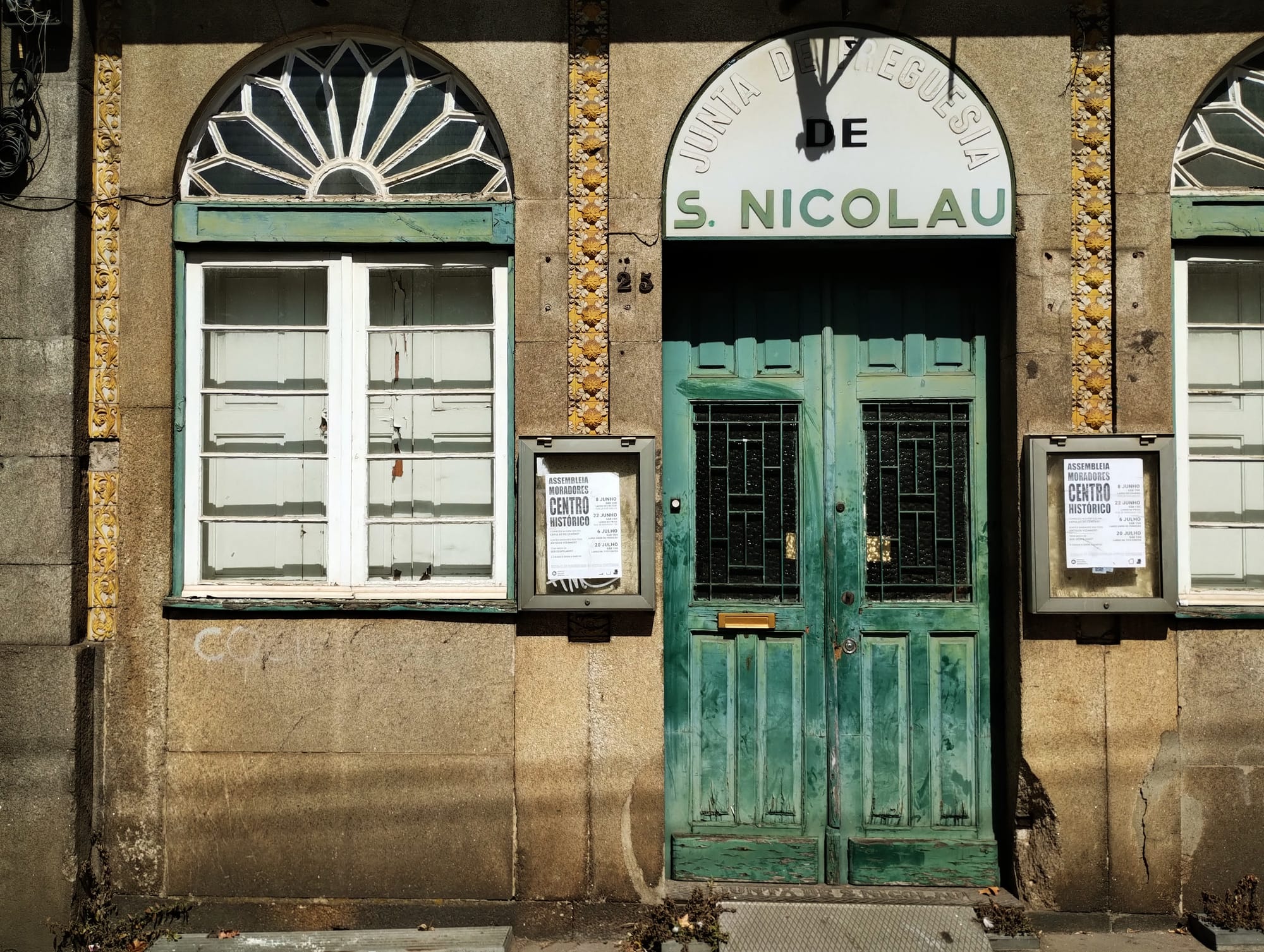Iberian return, day six: Porto
Trams, tarts, and toasted decadence.
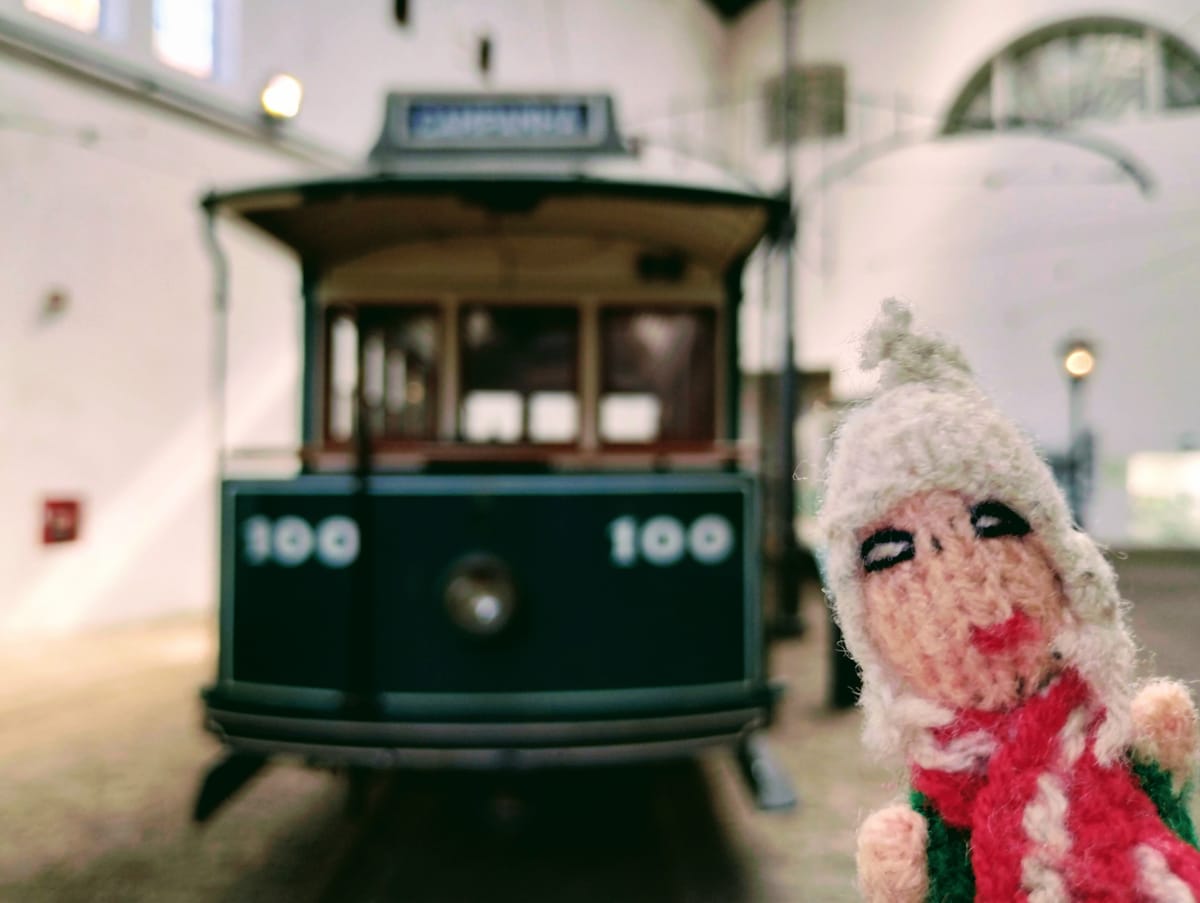
I had a lazy morning dealing with boring administrative things and booking my onward train tickets, finally.
Tomorrow I'm getting the train from Porto to Vigo, hopefully making it back home before work starts next week. As the sloth is my spirit animal, there's no work on Monday so I have some margin for error but I should really have booked these tickets at a leisurely pace in advance rather than panic while stuffing my face with cinnamony eggy manna.
Two is now the highest number I can count to in Portuguese and as a result my breakfast consisted of two pastéis de nata and quite a lot of coffee. The pastel de nata is Portugal's emblematic pastry, a custard tart that is crisp, creamy, and decadently sweet. Made originally in a monastery in Lisbon as a way to use up egg yolks left-over from starching clothes with egg-whites, the original recipe is a closely-guarded secret. Since the dissolution of the monastery in 1834, the recipe has been kept in a secret room in Lisbon.
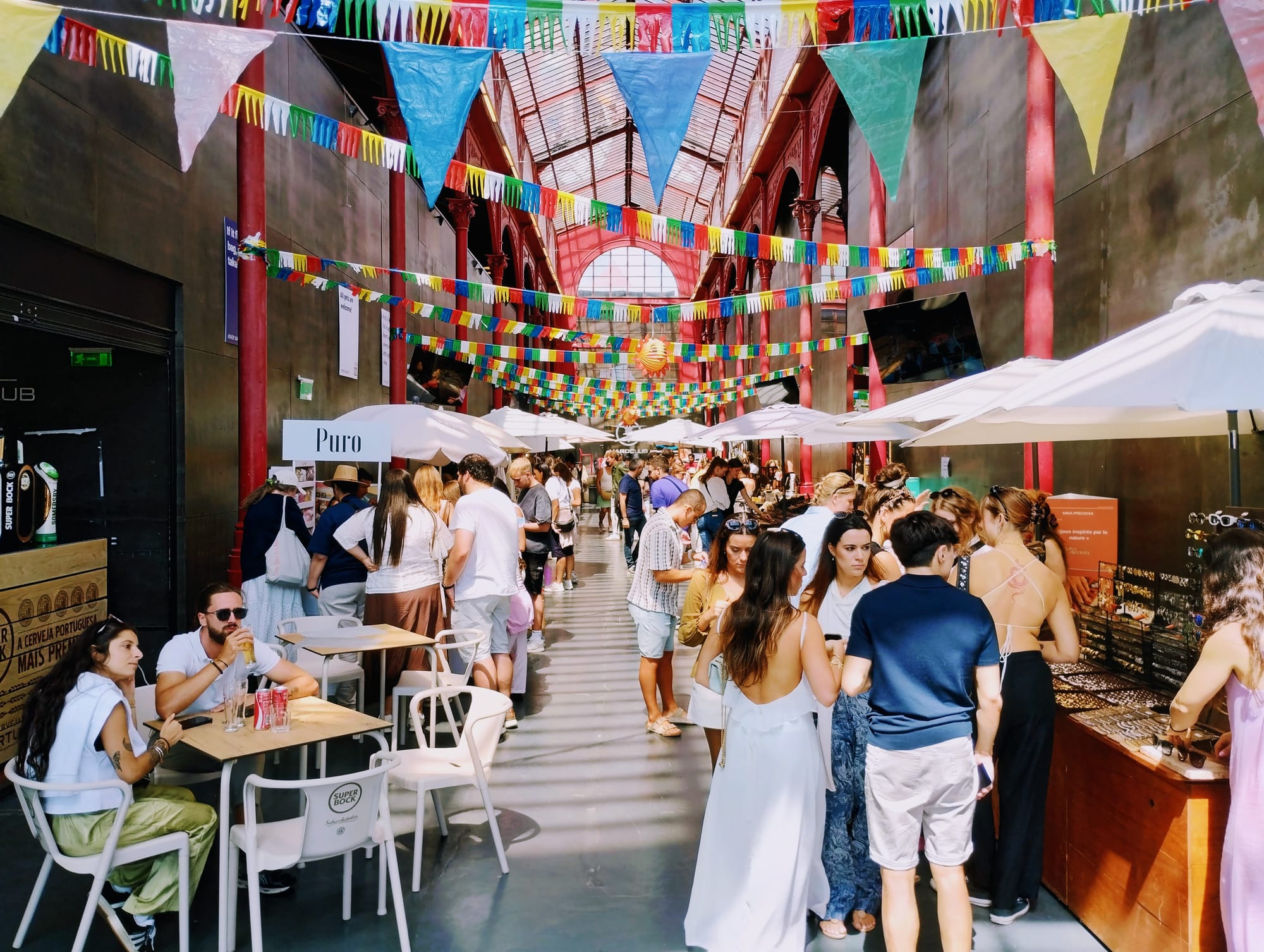
I spent the rest of the day burning off the calories with a long walk down to the river and on to the tram museum, on the recommendation of Hostess. who seemed to think it appropriate. It was a long walk because I got distracted by shiny things along the way – this time, most specifically the Mercado Ferreira Borges, a market built in 1885 and named after a famous politician from Porto who supported the liberal troops during the 19th-century civil war. I ended up there because of a mural on a gable wall above it.
Despite its name, it's never actually been a market. It was built to replace the nearby Mercado da Ribeira, but the stall-holders were not keen to move and so after a life of uncertainty, from serving as a warehouse for military equipment to housing a community kitchen for the Porto's needy, the building – one of the only remaining examples of Portugal's flirtation with cast iron – is now home to restaurants and bars and occasional pop-ups. And to think that in the seventies, people wanted it demolished in order to build a car park.
Further down along the way I eventually found myself at the river, where the sun was out and I felt some lunch may be in order. There was unsurprisingly a lot to distract me even in this simple task, and as I made my way further west I became increasingly random in finding narrow little streets so-far devoid of selfie-sticks. Not far from the convention centre I stopped for a Super Bock (and free peanuts) and watched a helicopter ferrying people up and down the river to the helipad outside the tram museum.
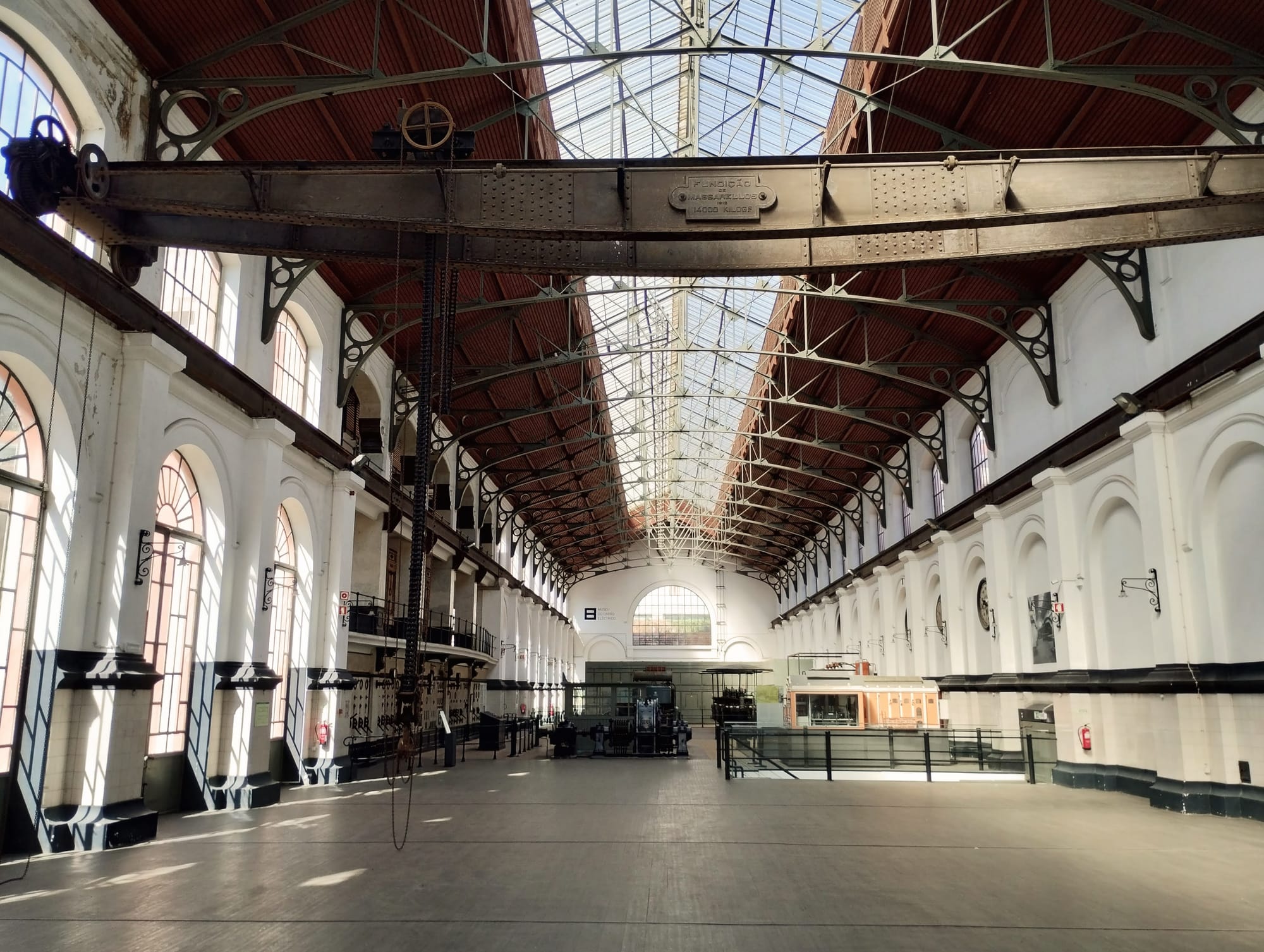
The Museu do Carro Eléctrico is housed in an old thermo-electric power plant next to the river which powered Porto's tram network until the 1960s. One hall now houses a collection of roughly twenty vehicles, from horse-drawn trams to maintenance vehicles and diesel buses, and the other vast space the former equipment of the power plant.
The building was completed in 1915 and in its original use, the two large halls contained the steam generators and the engine room. Although demand outstripped supply in the 1940s, the site continues to operate as a substation for the three remaining tram lines. To the side of the building is a third shed which houses the trams used on a daily basis.
Apparently, the 8€ entrance fee to the museum also entitles the visitor to a ride on one of Porto's vintage trams in the four hours following the visit. When the number 18 creaked to a halt in front of the museum, crammed with (other) tourists, I opted instead to walk back into the centre and look for street art.
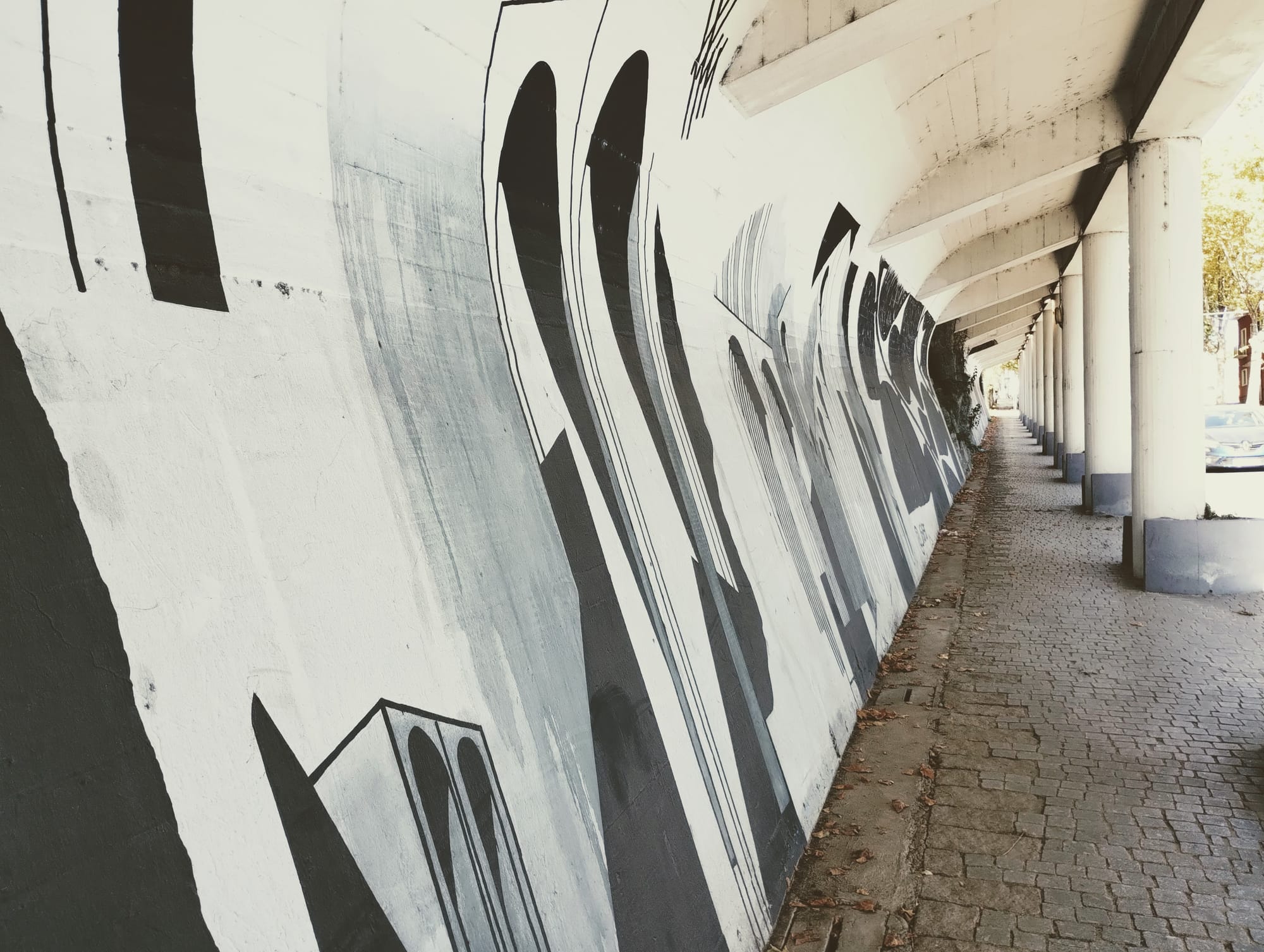
Since 2014, the city organises the Porto Urban Art Program which actively encourages creative urban art production within a legal institutional framework. The most impressive of this today was the Mural Coletivo da Restauração on the street beneath the Crystal Palace: a long mural of seven pieces in an arched walkway. I would not have time to stop and gaze had I been on the tram, so hurray for over-tourism.
Miraculously still upright by the time Hostess messaged me to find out what was happening in the evening, I made it back up to Porto's hip and happening – so I'm told – district where Mr Hostess joined us for beer. I have become partial to the Super Bock and was thrilled to discover there's also a stout which I consumed with enthusiasm until it was ordained time for Francesinha, Porto's celebrated lard-fest, homage to the humble croque monsieur.
Where France has its bouillons, grand Belle Époque temples to affordable French food, Portugal has its cantinas - less theatrical, more azulejo, more brown. We ended up at a place called Aviz named, I was told, after João I of the House of Aviz, a 14th-century king who founded a new Portuguese dynasty after a bout of sword-waggling.
I had the non-meaty version of course, but the original is essentially a massive toasted sandwich of assorted hot meats, over which sliced cheese is melted by the ladling of a near-boiling tomato-and-beer sauce called molho de francesinha. The secret of a good Francesinha is, I was assured by Mr Hostess as he ladled me, all in the sauce.
I will never need to eat again.
Fed, we waddled back to Santa Catarina where I finished my journey of Portuguese culinary and cultural delight with a series of port-based yummy drinks. I had never had white port before. It is very nice. It also works very nicely as part of a port tonic.
I checked.
